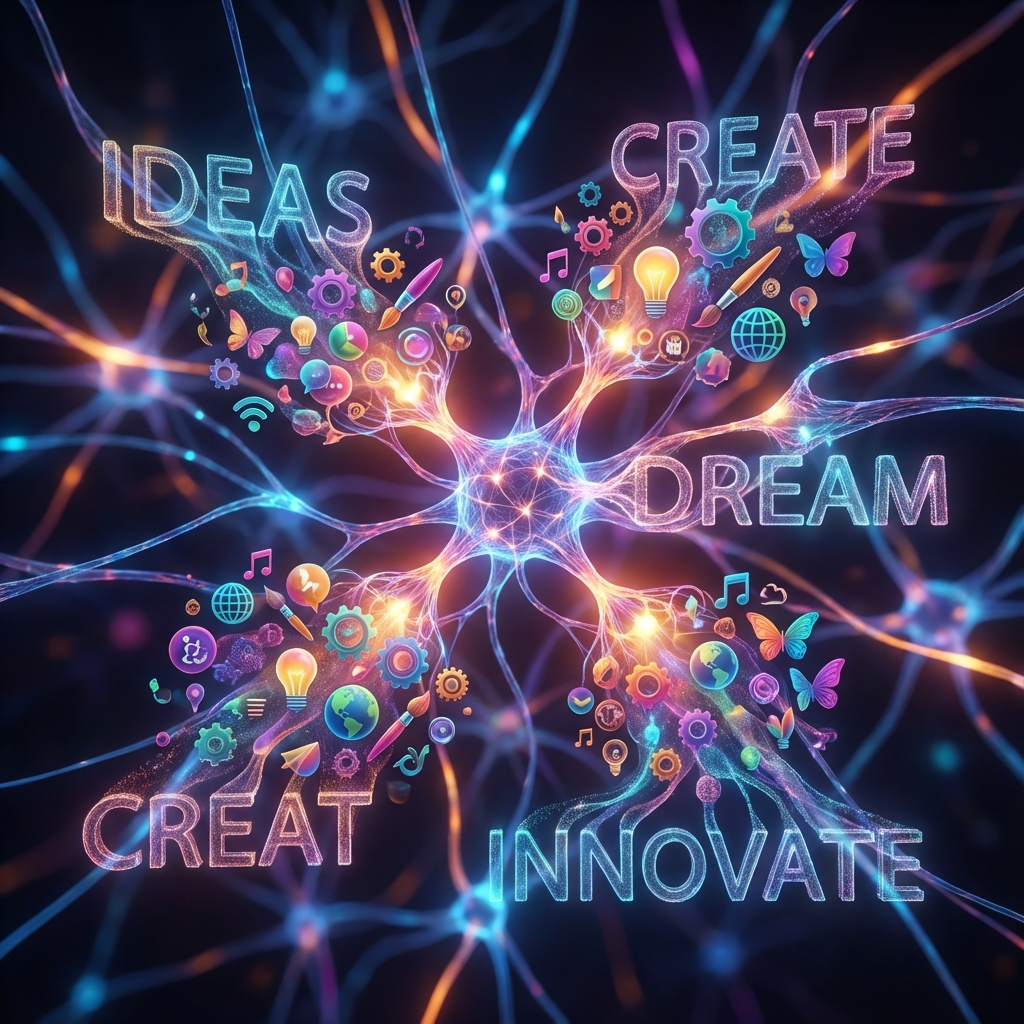
The Death of the Bullet Point: Visual Storytelling in the Age of AI (2025)
Bullet points are boring. They kill engagement and retention. Discover how AI is ushering in a new era of visual storytelling, transforming dry text into compelling diagrams and imagery instantly.
Cognitive science tells us a harsh truth: People forget 90% of what you say within 48 hours. But they remember how you made them feel. If your presentation is just a list of bullet points, you aren't just boring your audience—you're actively helping them forget you.
For decades, the bullet point has been the crutch of the lazy presenter. It's easy to type, easy to read, and easy to ignore. But in 2025, with the rise of generative AI, the excuse for text-heavy slides has vanished.
We are entering the era of Visual Storytelling. It's no longer about summarizing text; it's about translating concepts into imagery that sticks.
The Picture Superiority Effect
Why do visuals matter? It's biology. The human brain processes images 60,000 times faster than text. This is known as the Picture Superiority Effect.
Visual Storytelling
- •Processed instantly by the brain
- •Triggers emotional response
- •Increases retention by up to 65%
- •Encourages audience engagement
Bullet Point Lists
- •Requires cognitive load to read
- •Boring and repetitive
- •Retention drops to 10%
- •Audience reads ahead instead of listening
How AI Kills the Bullet Point
In the past, creating a diagram required a designer or hours in Illustrator. Now, AI tools like ReflectMind act as a "Text-to-Visual" translator.
1. The Metaphor Engine
Instead of saying "We are growing fast," show a rocket taking off.
- Old Way: Bullet point: "Growth is accelerating."
- AI Way: Prompt: "Visualize our growth as a rocket launch with a steep trajectory."
2. Process Visualization
Don't list steps. Show the flow. Learn more in our guide on Creating Professional Presentations.
- Old Way: Step 1, Step 2, Step 3.
- AI Way: An animated flowchart connecting the steps visually.
For a deep dive on how to use these visuals in pitch decks, check out our Ultimate Guide to AI Pitch Decks.
Types of Visuals You Should Use
Not all visuals are created equal. Here is a breakdown of what to use and when:
Data Visualization
Use for numbers. Bar charts for comparison, line charts for trends. Never use a table for key data.
Conceptual Diagrams
Use for abstract ideas. Venn diagrams for overlaps, pyramids for hierarchy.
Emotive Imagery
Use for setting the mood. Need ideas? Check our list of [100 AI Presentation Prompts](/en/blog/100-ai-presentation-prompts-that-actually-work).
Accessibility Matters
The Psychology of the Swipe
This shift isn't just happening in boardrooms; it's happening on social media. The rise of the "Carousel" format on LinkedIn and Instagram is proof that people crave visual narratives.
We analyzed this phenomenon in our post on Instagram Carousel Psychology. The same principles apply to your B2B presentations:
- Hook them visually.
- Deliver value in bite-sized chunks.
- Guide the eye.
Conclusion: Adapt or Be Forgotten
The standard for what constitutes a "good presentation" has risen. Your audience consumes high-end visual content on TikTok and Netflix all day. They won't tolerate a wall of text in a meeting.
The death of the bullet point isn't a tragedy; it's an evolution. Embrace it.
Transform Your Text into Visuals
Stop typing, start visualizing. Use ReflectMind to turn your boring notes into stunning, memorable diagrams in seconds.
Try Visual Storytelling Free